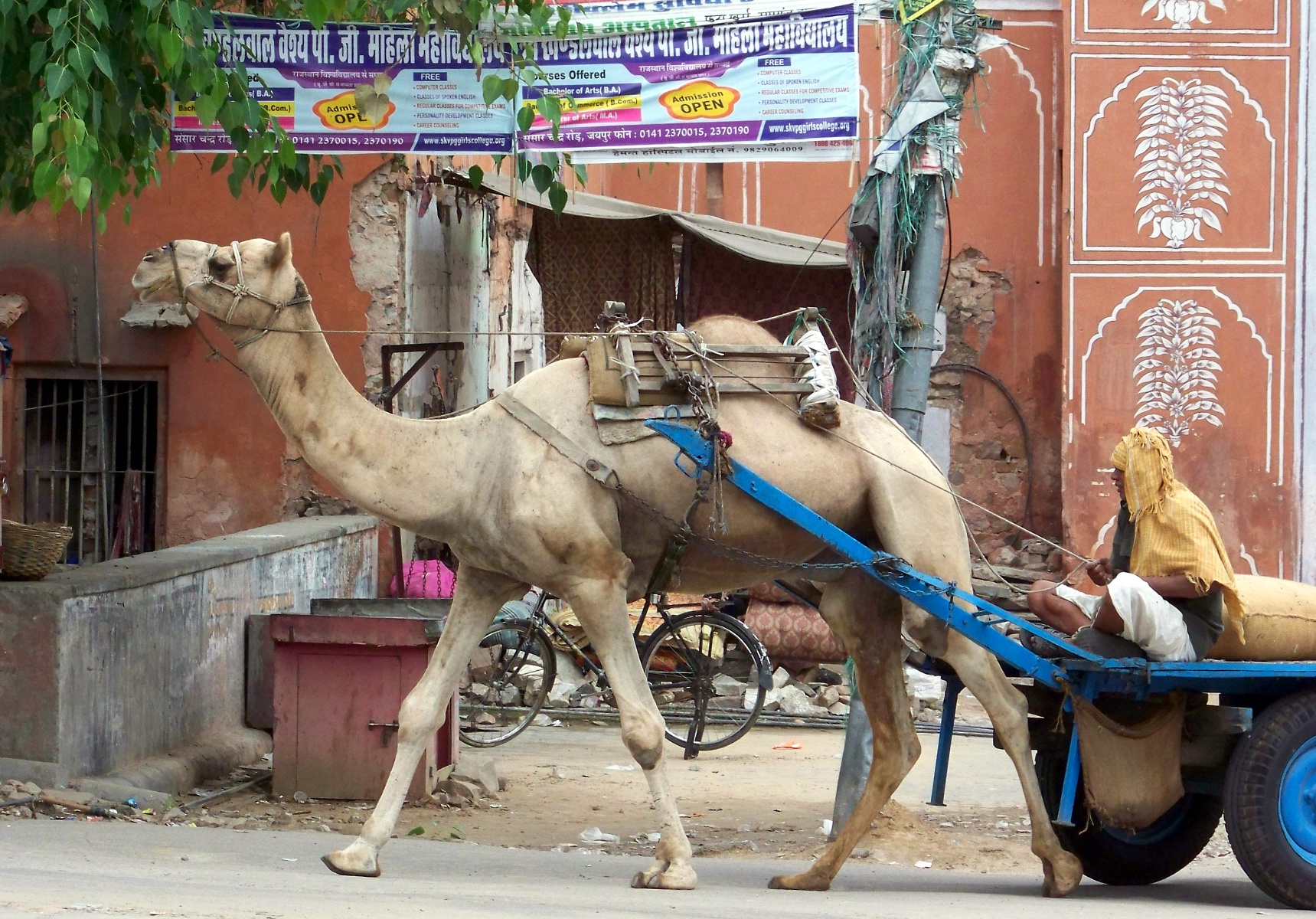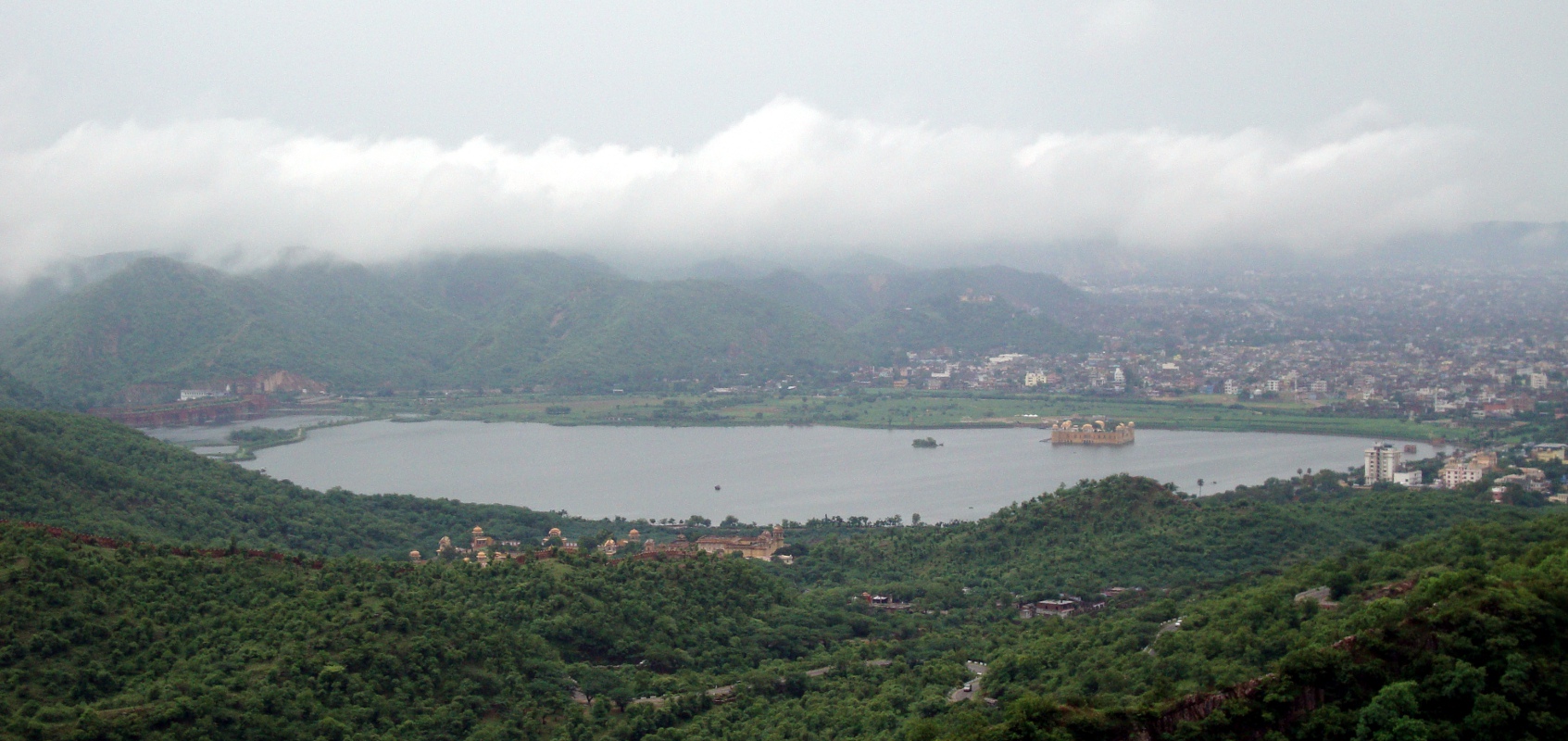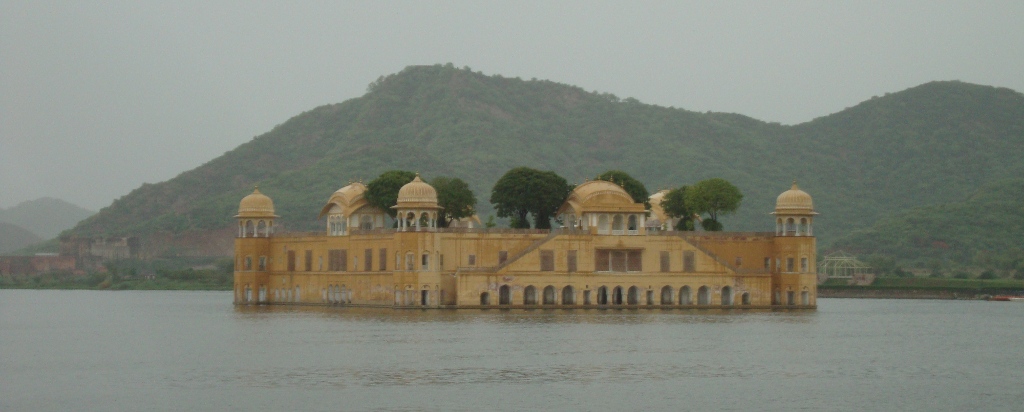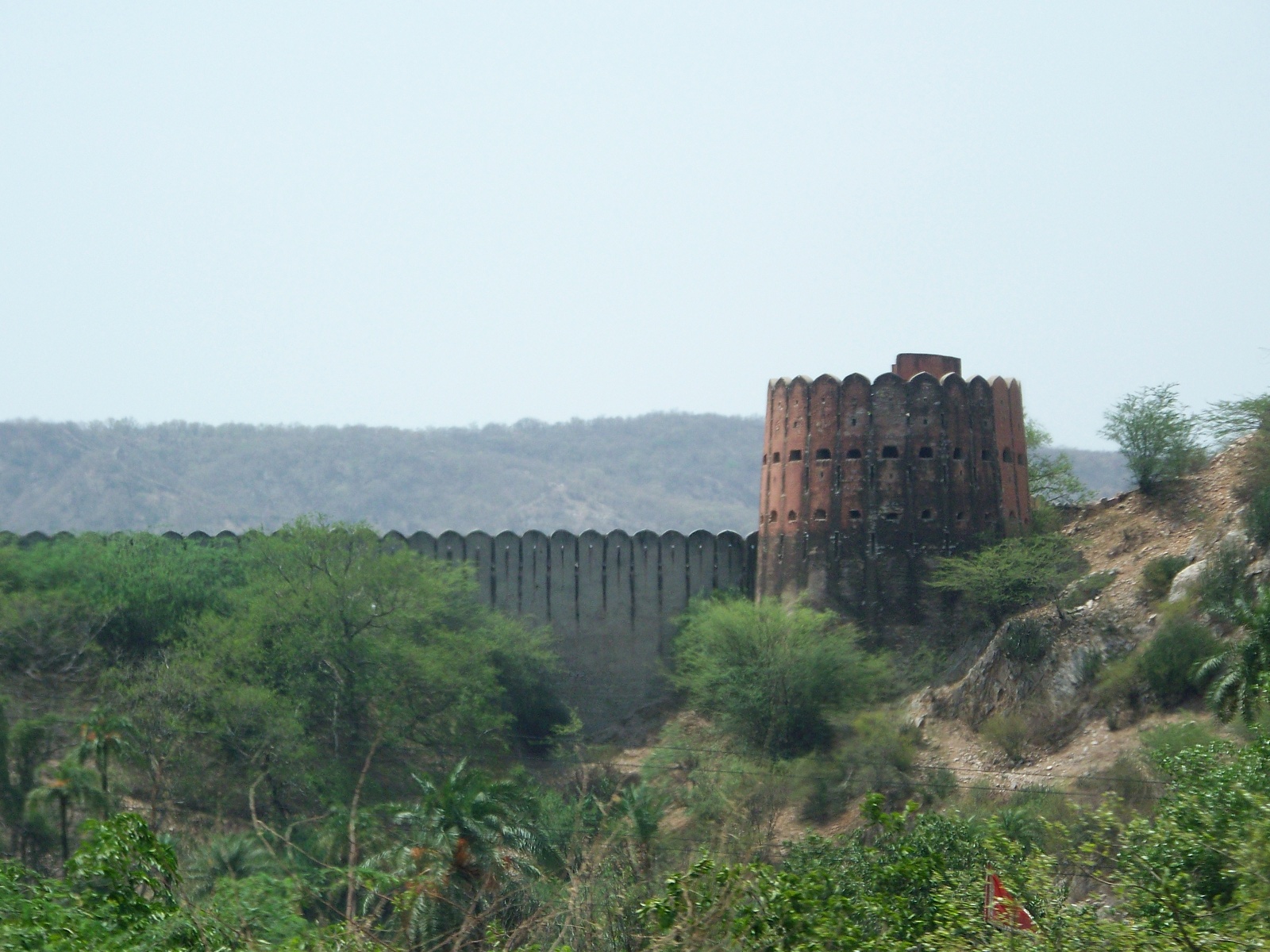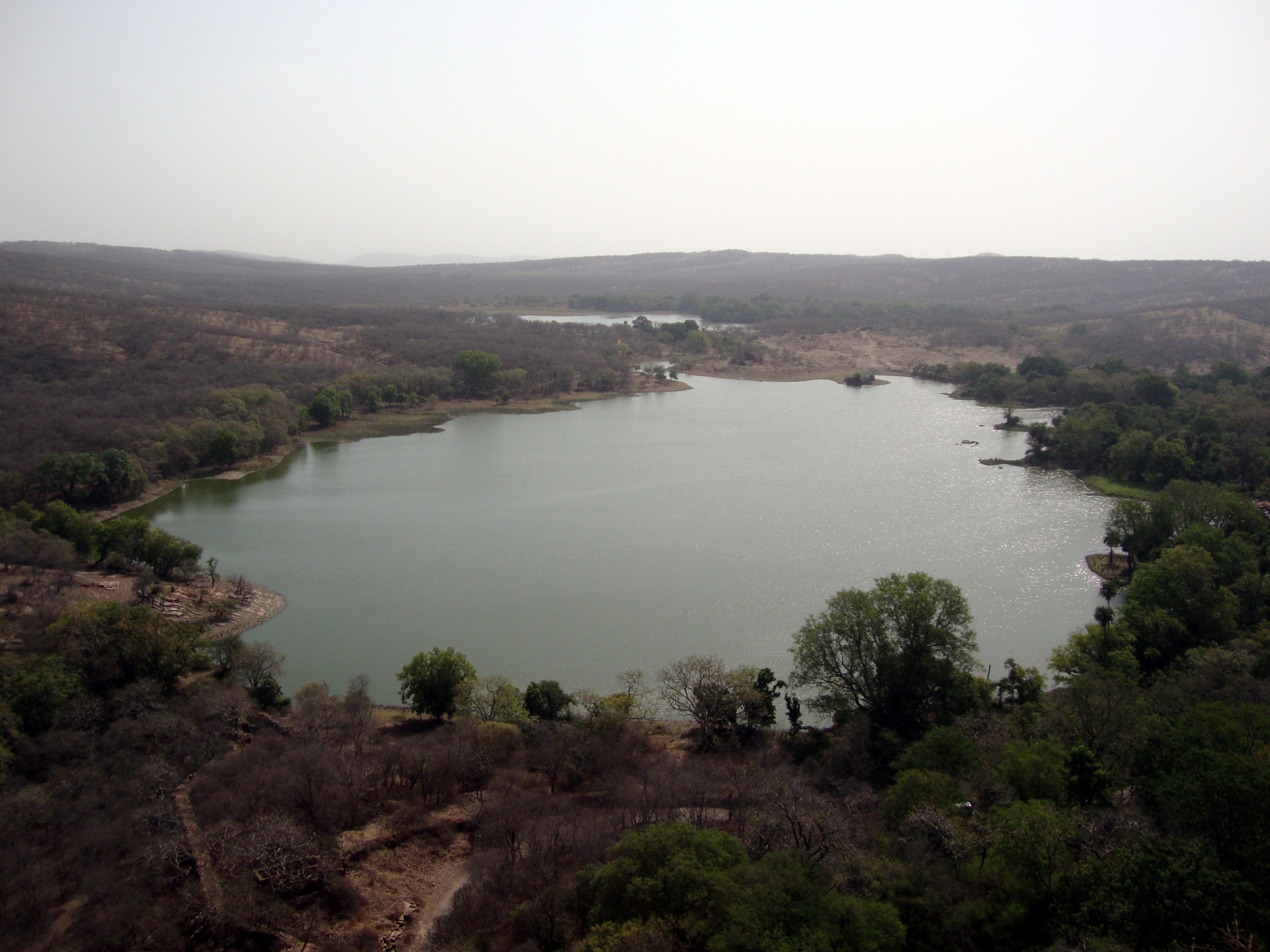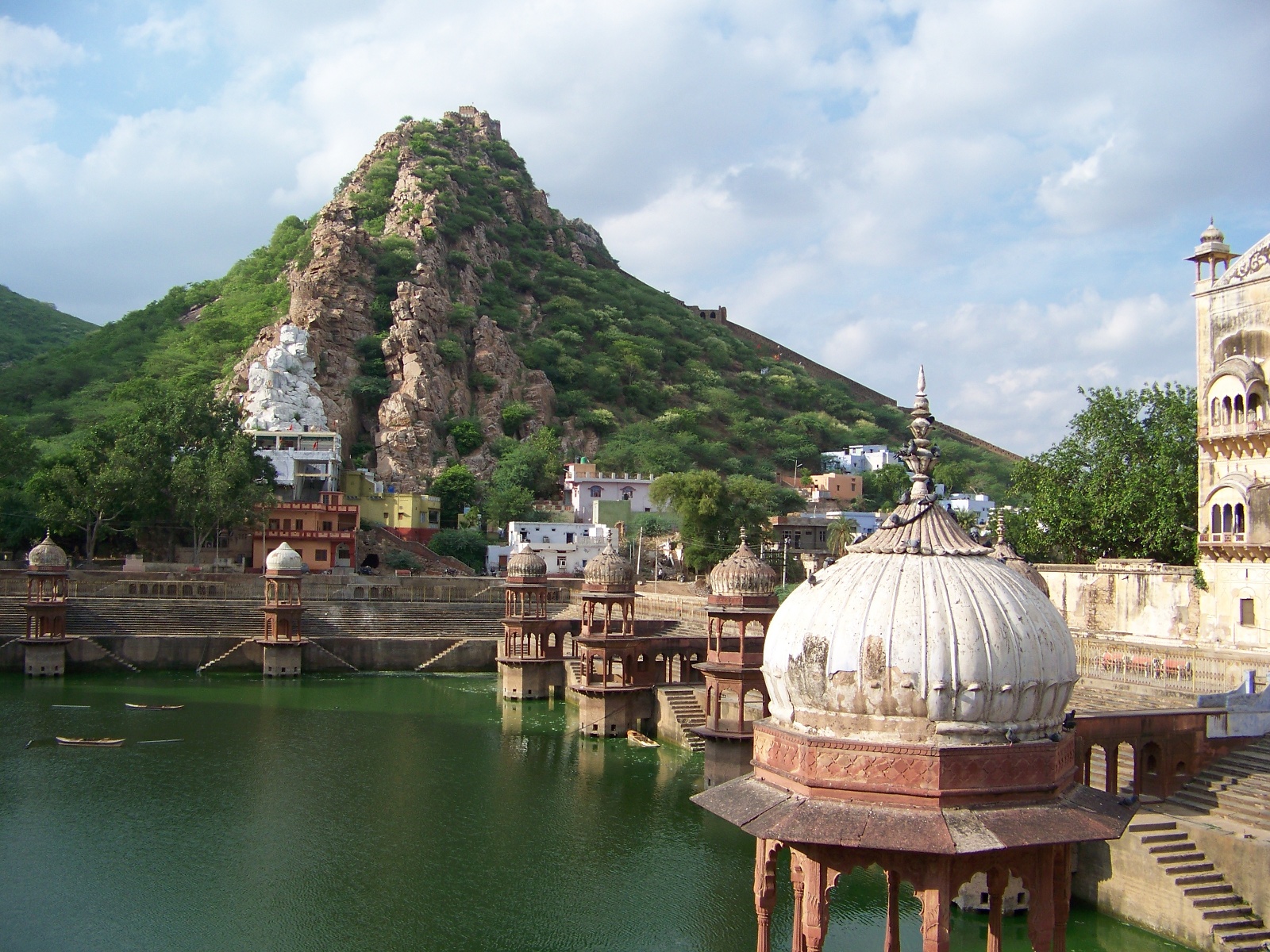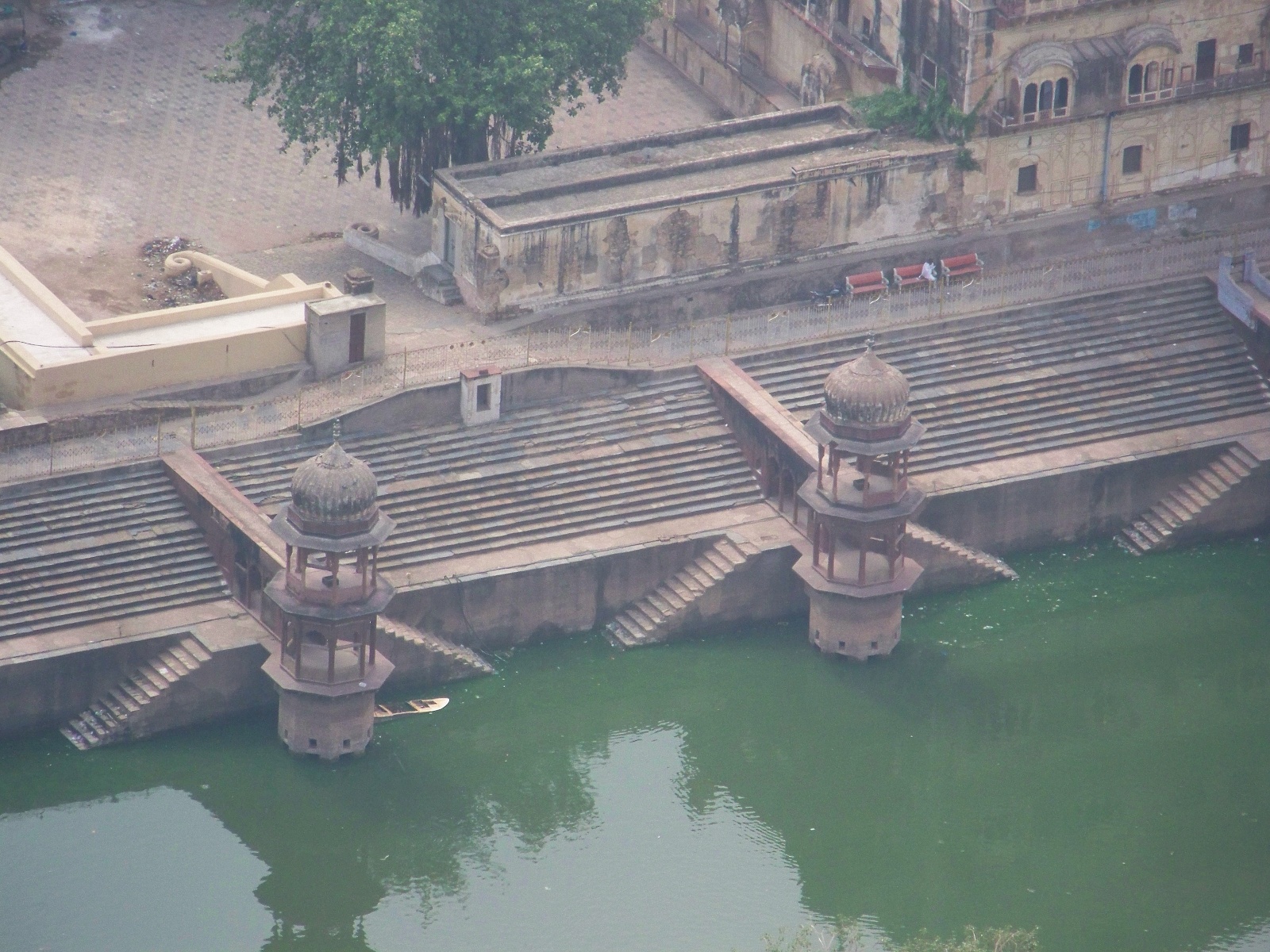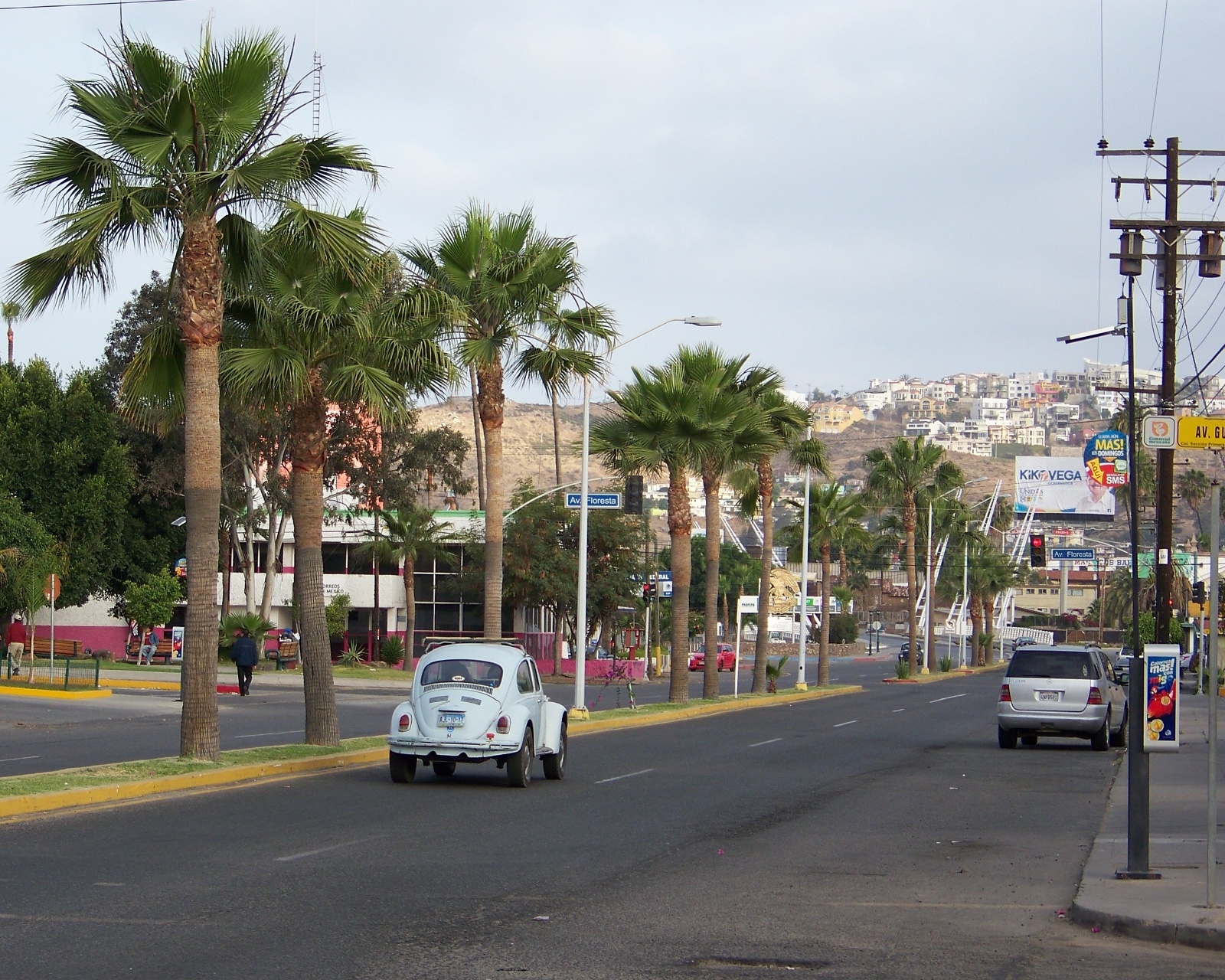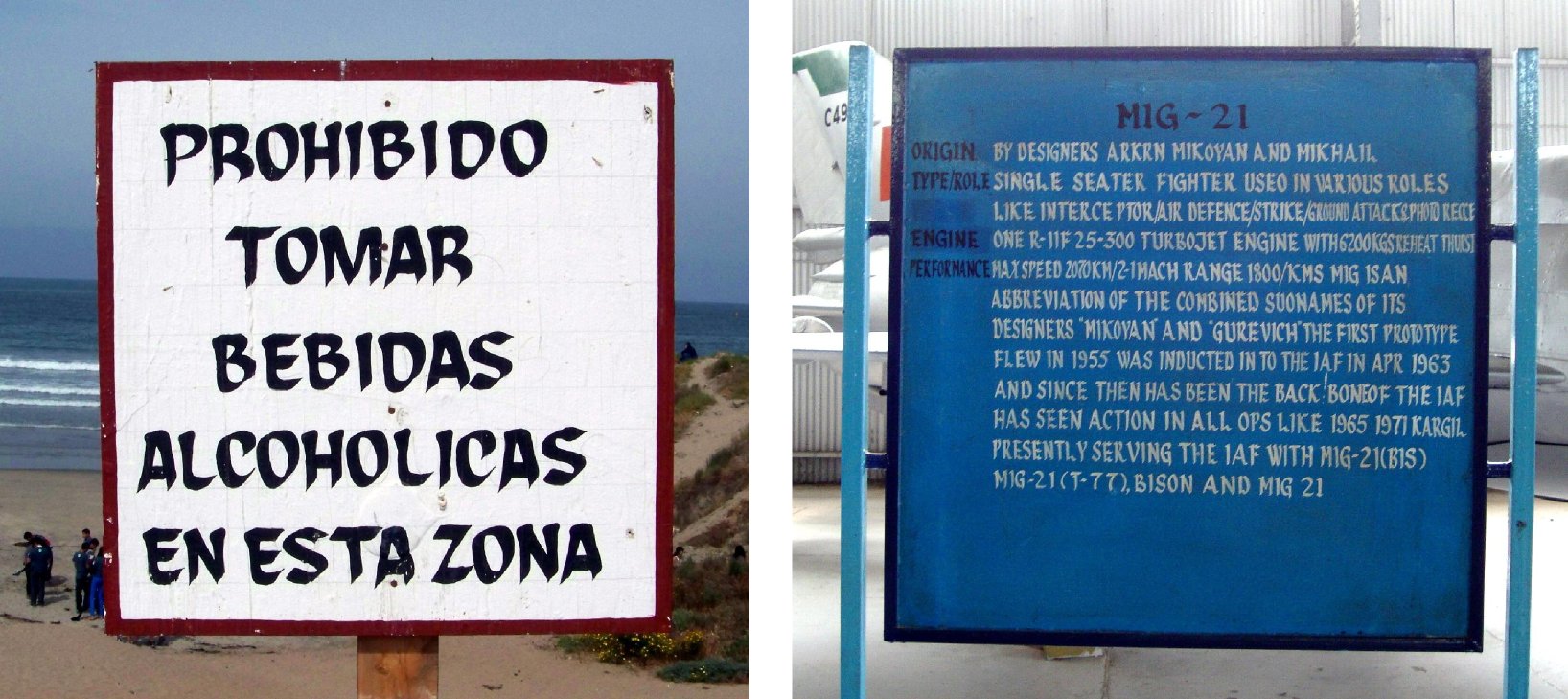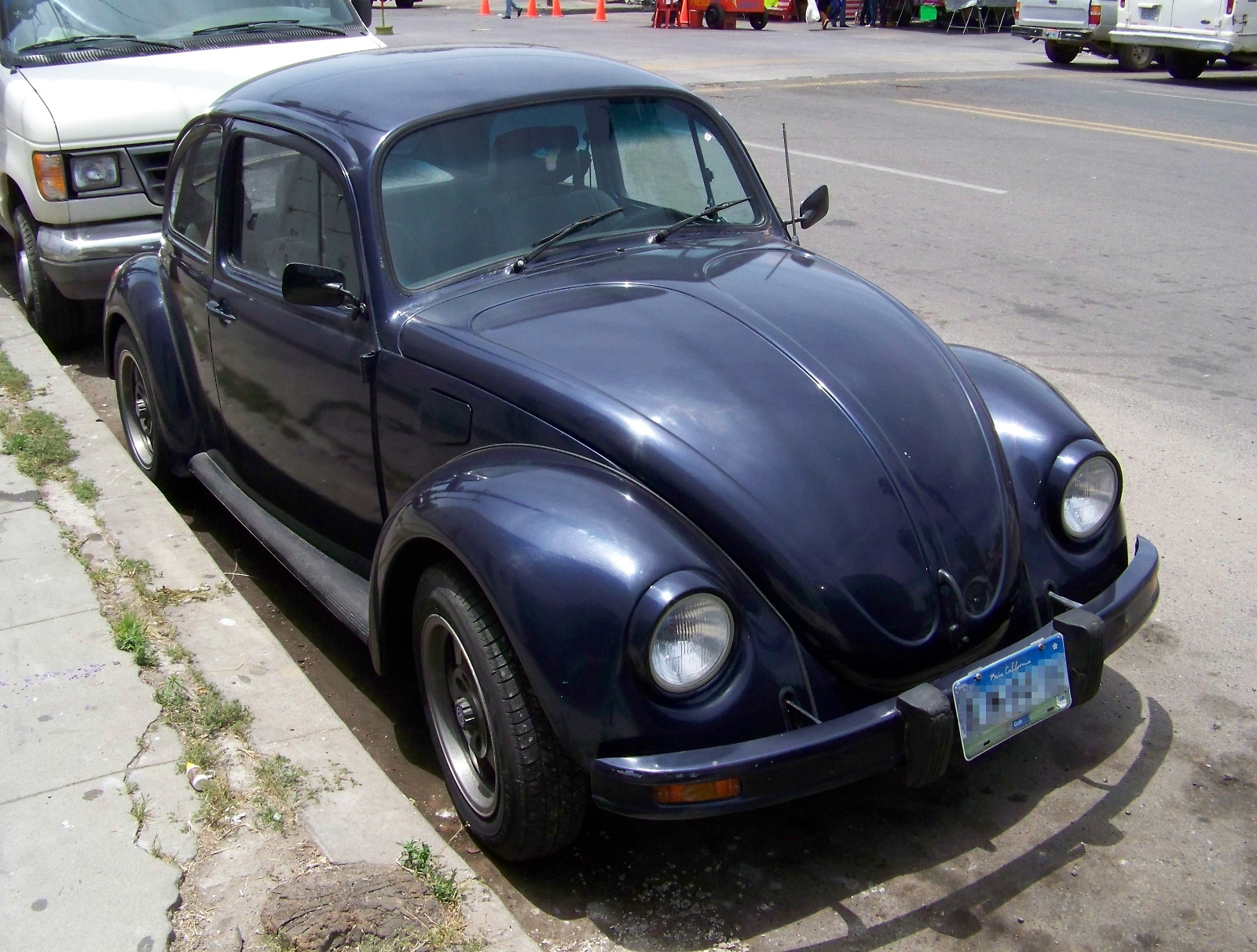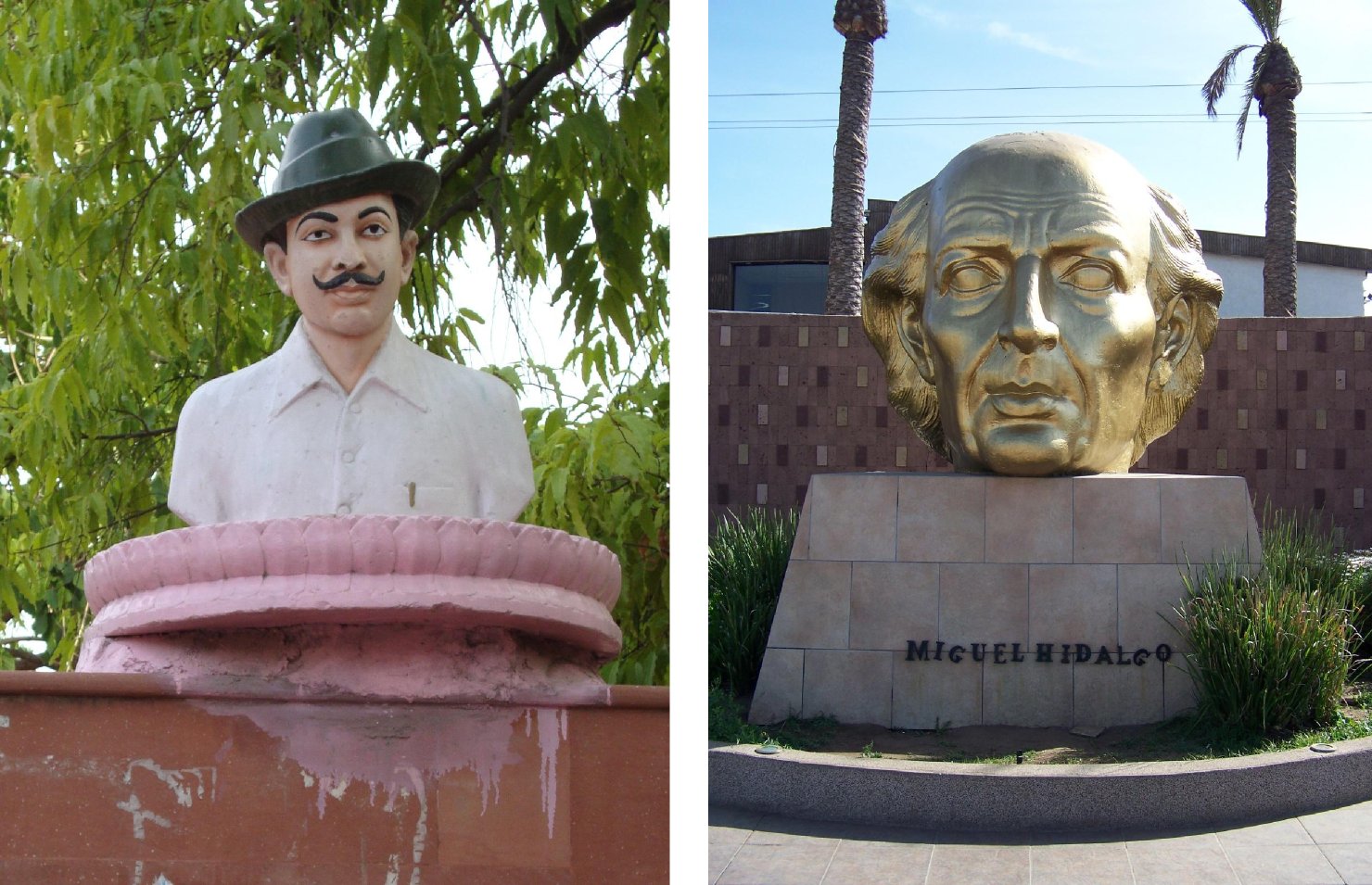In his book The Camel and the Wheel, Richard W. Bulliet explores a curious problem in the history of technology: why much of the medieval Islamic world stopped using wheels, and instead transported goods on the backs of camels.1 Only in the nineteenth and twentieth centuries did wheeled vehicles return to some parts of the Islamic world that had abandoned them centuries earlier. Bulliet argues that the reason for the switch from wheels to camels was economic: camels were low-cost, low-maintenance, all-terrain animals. Pack camels were suitable for transport in all parts of the Islamic world, even in the former Roman empire where the old roads were deteriorating.
In some places, pack camels never supplanted wheeled carts; rather, camels were pressed into service pulling carts. One of these places was Islamic India east of the Indus River (now parts of Pakistan and India). Unlike other parts of the Islamic world, India always had wheels.
Camels still haul loads in parts of western India. In Jaipur, camel carts share the streets with mechanized forms of transport such as motorcycles, cars, and autorickshaws. In narrow alleyways of the eighteenth-century Old City, camel carts sometimes cause infuriating traffic jams.
Jaipur’s camel carts are a blend of technologies from different parts of the world, during different time periods. Although most of the carts appear to be build out of wood, all of them sport pneumatic tires borrowed from trucks or some other type of motor vehicle. Pneumatic tires first appeared in Britain in the late nineteenth century, where they were originally used on bicycles. These tires are suited for the paved roads of a modern city. In contrast to the tires, the camels are harnessed by an adaptation of a saddle design that originated in northern Arabia at some point between the years 500 and 100 BC.2

